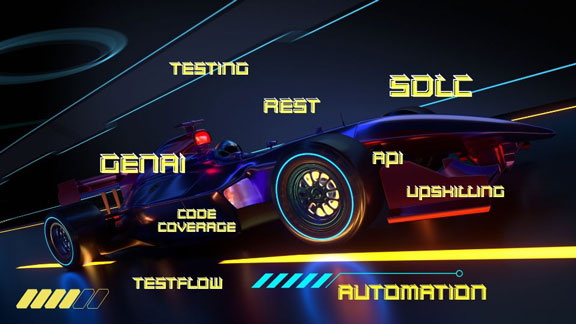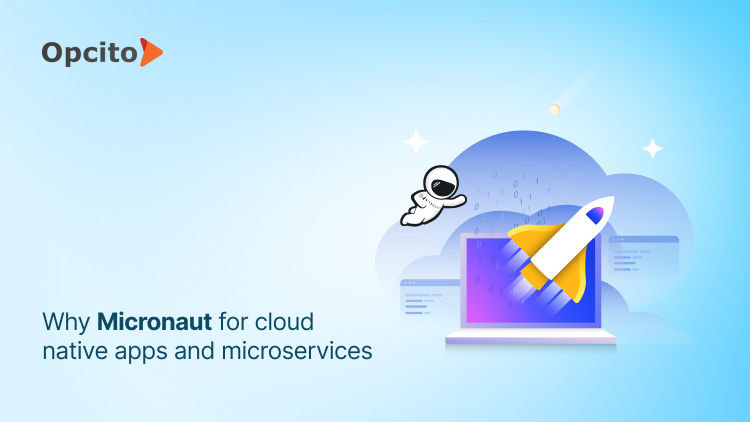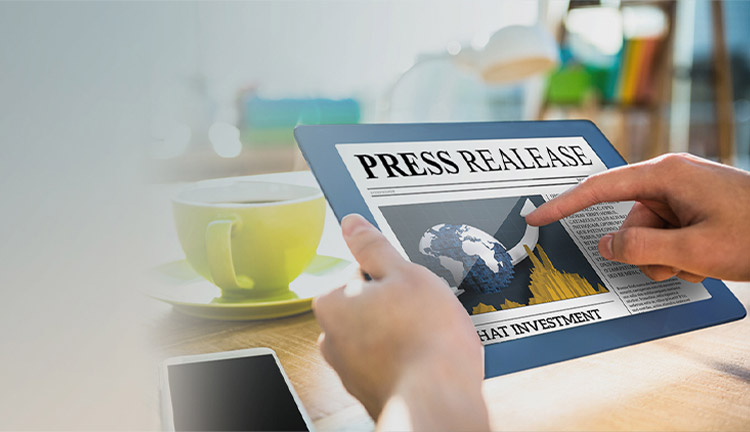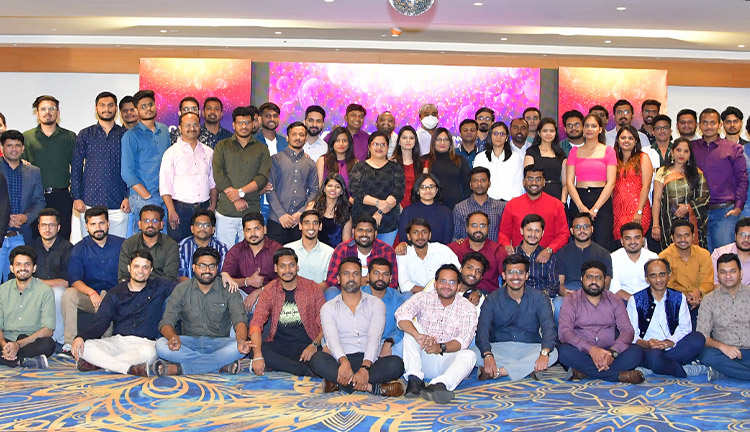Add value to business ops with DataOps

Posted By
Chaitanya Jawale

Data is the biggest commodity, and getting the best out of your data is an art. DataOps is a collaborative approach to manage your master, govern, and curate the information that includes profiling, integration, and transformation to achieve your business goals. It accurately encourages you to establish successful collaboration amongst business users, data scientists, and technologies. Not only this, but your analytic and data teams can use automated techniques to reduce the data analytics time along with amplifying its quality. Highly inspired by DevOps, DataOps aims to cater better results to data analytics at a more extensive and faster scale. Organizations are introducing DataOps to overcome the bottlenecks and barriers faced during the delivery of data and analytics solutions. According to Delphix 2019 whitepaper on DataOps, 86% of respondents were planning to increase investment in DataOps strategies and platforms, and 92% expected this strategy to impact their organization's success positively.
DataOps, for sure, drives more agile intelligence that rightly directs the business advancement processes. The increasing adoption numbers are proof of it. So, what are the benefits of switching to DataOps? I am listing down some of the major ones here -
-
Reduced efforts: Just like DevOps, even DataOps's primary nature is related to process-oriented methodologies and automation. This, in turn, helps the organization to be more efficient. The teams don't have to spend long hours maintaining or scanning the spreadsheets. With the help of DataOps, they can stay highly focused on essential tasks. DataOps helps create a data-first organization that makes you move ahead and face the challenges in the data-driven world.
-
Enhanced quality of output: DataOps helps you create automated and repeatable processes with which you can easily carry out the automatic code checks and controlled rollouts. It also reduces the chances of human error getting distributed to multiple servers and taking down the network. DataOps helps you to accelerate the delivery time along with better agility to respond quickly to the changes. The competition is increasing drastically. You should be prepared to roll out the features and products even before your competitors. And DataOps can help to improve the quality and speed of data processing and delivery to the market.
-
Better efficiency: Reduced efforts and better data quality help achieve faster access to actionable business intelligence. You can instantly have insights into your customer behavior patterns, market shifts, and price fluctuations with the automated ingestion, processing, and summary analytics on all the incoming data. This will lead to faster planning, action and increased efficiency with reduced errors.
-
A bigger picture of dataflow: With the help of DataOps, you get an aggregated view of the entire dataflow across the organization and the end-users. It helps to analyze the macro trends like adoption rates of the features or services. You can also obtain the data based on the behavior or geography patterns providing a clear and bigger picture.
-
Possible new avenues: The growth of the data analytics and operations professionals who are well-versed with the DataOps implementation and management processes is visible. It is not only the professionals who are ripping the benefits of efficient data practices. If you look at the business perspective, skilled artists are making it easy to get businesses ahead with the DataOps art.
Now that we are clear of the DataOps benefits, let's see what you need for a properly functioning DataOps framework. To put the right DataOps framework in place, certain principles can be leveraged. So, a modern DataOps infrastructure should exhibit the following:
-
Cloud-first: Cloud-native infrastructure has a significant significance in any framework. The modern Cloud database system is designed so that it scales out natively and simplifies the operations, and maintains the large quantities of your data. This is a perfect and most basic requirement for any DataOps system.
-
Automation: To keep up with the rapidly expanding scope, automating your data processes and infrastructure automation is the key. With automation, you can easily manage repetitive tasks in operations, infrastructure setup, and testing.
-
Open/Best of the breed: It is beneficial to have an open ecosystem. It becomes easy for you to accommodate emerging technologies and newer tools that are best suited. It is an excellent decision to mix and match instead of choosing a solution from a single vendor. Also, never forget to replace the components as your data landscape evolves.
-
Loosely coupled designs: The tools should be designed in a tabular format to exchange the data. It avoids dependency upon proprietary data formats. It also makes it easy to develop data applications and easily aligns with the customers' interaction with data.
-
Feed the feedback: It is fundamental to collect feedback from all possible components in the loop to improve and produce the best possible results. The need of the hour is to adopt feedback services by incorporating analytical consumption tools, models, spreadsheets, etc.
-
Deterministic, probabilistic, and humanistic data integration: Using machine-based models to bring the data together and adding a mixture of probabilistic, riles, and human feedback that binds the records together based on data generation and data consumed is the perfect fit.
-
Aggregated and federated storage: Modern organizations require a strong infrastructure in which the sources and intermediate storage of data have both aggregated and federated data. It might turn complex but can be achieved with modern design patterns.
-
Both batch and streaming: For the long-term data ecosystem's success, the data should be processed from source to consumption in both batch and streaming models. The design patterns can process batches of data and process data streams that provide better and real-time results.
Apart from the above principles, certain essential automation components in a DataOps framework will help you run a trusted business-ready data pipeline. These include -
- Automated data curation services to help you with the auto-discovery and classification, sensitive data detection, carry out quality analysis, and the auto-assignment of the business terms
- Automated core governance and master data management services, along with automated data lineage creation, policy, and enforcement
- Automated open metadata management
- The self-service capability allows you to search and interpret data, workflow, and collaboration
- AI and machine learning for better automation and innovation.
The mix of the DataOps framework will obviously vary, and the scope of customization will always be there. However, the basic building blocks will always be the same. Once you get the implementation part right, the benefits are evident. Of course, DataOps is a relatively new idea and there is still a lot being explored. There will be some limitations and difficulties in its extensive adoption as of now. However, these limitations are temporary, and with time, they will disappear. I am sure with right tools, data, and people the future business Ops have a lot to gain with DataOps.




















